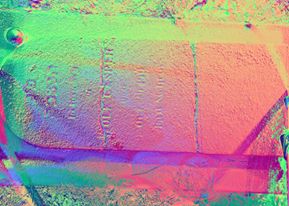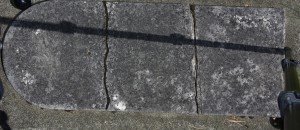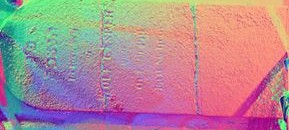I find death to be a morbidly fascinating part of the human experience. It is something that we experience on a daily basis, whether it comes in the form of reading about it in a news article, walking past a cemetery or dealing with the loss of a loved one. I was 16 years old when I experienced the unexpected loss of a family member and it changed the course of my life in a major way. Since then, learning about the mourning and burial practices of cultures around the world has interested me, perhaps to find a way of coping with past and future losses, and to see how something that is common to every denomination of human being is dealt with on an individual and group level.
Having taken Erin’s Archaeology of Death class last semester and done a small scale version of this project in a cemetery of my group’s choice, I am finding that having worked with some of the same types of data last semester has been helpful, but not overwhelmingly so. We are creating monument records with as much detail as we possibly can. This means that for me, there has been a bit of a steep learning curve. With our limited time, we have managed to fit in lessons on how to take proper measurements, how to clean damaged monuments, take professional photographs to create a digital record, do RTI (Reflectance Transformation Imaging) in order to enhance inscriptions to be decipherable through the use of image manipulation. For more information about RTI, check out the Cultural Heritage Imaging website at http://culturalheritageimaging.org/Technologies/RTI/ or http://ourti.org/what-is-rti/ , a group in the UK that focus on community driven documenting of churches and graveyards.
My favorite activity by far to date has been the RTI. Being able to use different filters to look at the face of the monument and see that there is in fact an inscription and read what it says is a time consuming, yet highly gratifying experience once completed!
Here is an example of one of the monuments we are including in our final project. This is the monument belonging to Wolf(e?) Casper in plot D10. The first image is that of the monument of a beautiful sunny day in the cemetery with basically no visible inscription. The second image is once all the photos taken were compiled together and a filter was added to see what was left on the surface – Quite the difference from the original!


